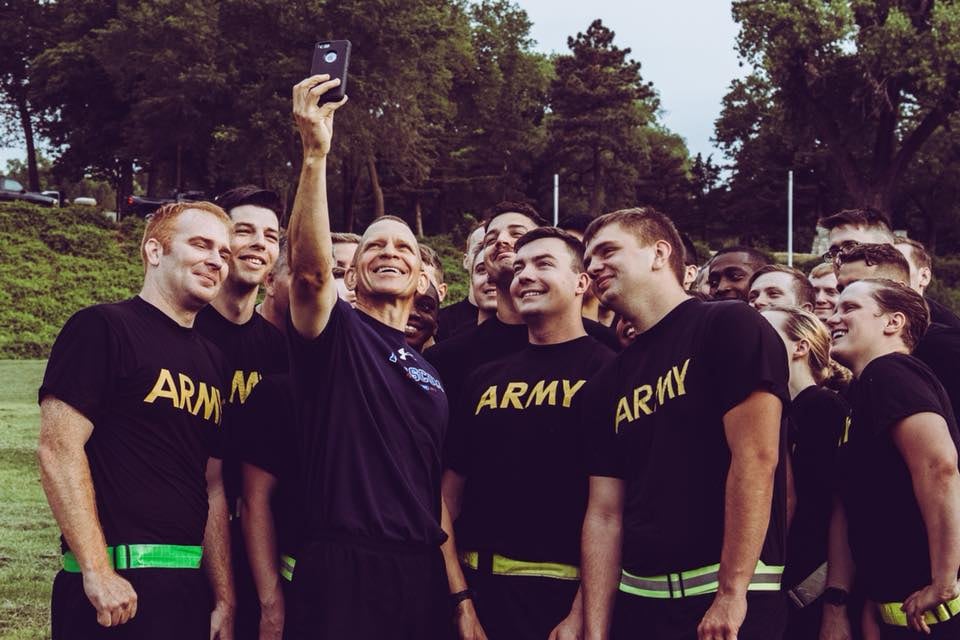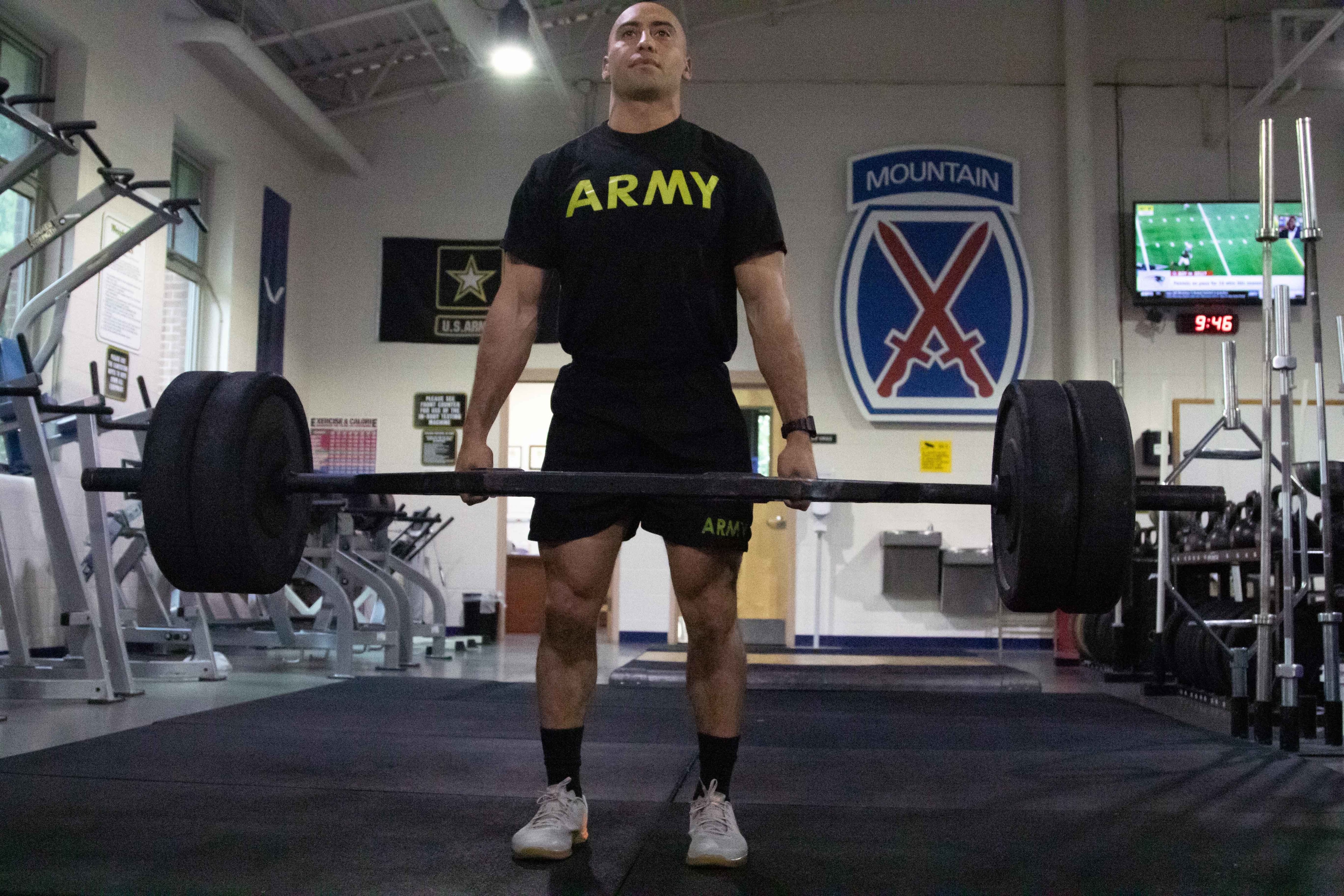The Army Combat Fitness Test has reached initial operating capacity, with the entire service gearing up to take diagnostic tests this year before the ACFT officially becomes the fitness test of record in October 2020.
However, all new officers and enlisted soldiers coming into the Army after Oct. 1 of this year will be training for and required to pass the ACFT before they graduate and report to the operational force, according to Maj. Gen. Lonnie G. Hibbard, commander of the Center for Initial Military Training.
“I don’t think it will impact graduation rates; It’s really going to impact how we train," Hibbard said in a late-September interview with Army Times. "We’re taking a high school student and transitioning him into a soldier, we just have to make sure he is competent in the ten components of physical fitness to be successful on the ACFT.”
RELATED

For those soldiers already in the force, the active-duty Army will take two ACFT diagnostic tests over the next year, while soldiers in the Guard and Reserve components will take one diagnostic test.
Many Guard and Reserve soldiers have voiced concerns about getting the necessary equipment to prepare for the new ACFT in time.
Those concerns are valid, Hibbard said, adding that the Army is working to address it by buying $70 million-worth of equipment that will be divvied out to units across the force in January.
The service plans for all the equipment to be in place for active, Guard and Reserve units by May. That will line up for the Guard and Reserve units going into their summer training cycles.
“We’re about three months behind where we expected to be,” he added. “We were trying to have the equipment out by Oct. 1. But you know how contracting goes sometimes.”
Soldiers don’t necessarily need equipment to train for the test. The Center for Army Lessons Learned has published a manual on how to train for the new fitness test, and older Army documents also lay out ways to prepare using minimal equipment.
Ammo cans and jerrycans can be substituted for a trap bar and plates, for instance.
“I travel four days a week," Hibbard said. "I can train in a hotel with no equipment. The equipment is really only needed for the test.”
Aside from getting the equipment on time, soldiers have also voiced concerns about the new test’s potential to increase or aggravate injuries.
“We have not seen an increase in injury rates based on the ACFT and the test battalions we’ve done,” Hibbard said.
For the deadlift exercise, a hex bar was chosen over the traditional straight bar in order to reinforce good form and limit the chance for injuries.
“That’s also the reason we put it as the first event,” he added. “You haven’t expended your energy or tired out your core.”
For Hibbard, that dials into another important part of the test: It’s all about “energy management.”
“At 52 years old, I don’t have the energy I used to and so I focus on my strength and try to make up the points where I can on what I’m still good at," he explained.
Kyle Rempfer was an editor and reporter who has covered combat operations, criminal cases, foreign military assistance and training accidents. Before entering journalism, Kyle served in U.S. Air Force Special Tactics and deployed in 2014 to Paktika Province, Afghanistan, and Baghdad, Iraq.




